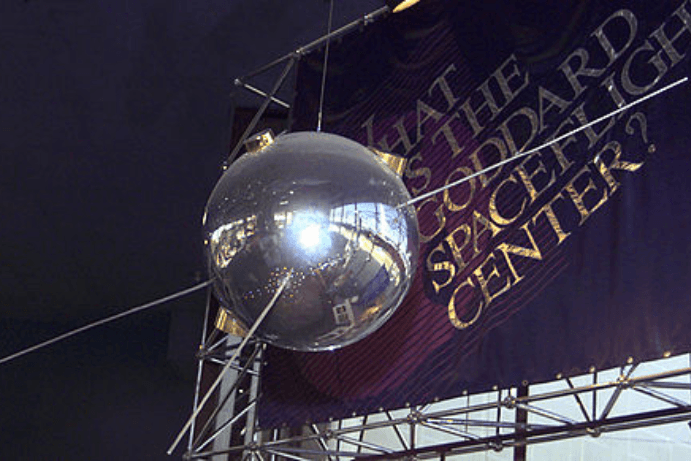On February 17, 1959: On this in the history an ambitious satellite named Vanguard 2 lifted off from Cape Canaveral, marking an important but often overlooked milestone in space history. While Sputnik and Explorer 1 tend to get all the historical glory, Vanguard 2 was a critical step in humanity’s quest to understand our planet from above. This satellite wasn’t designed for flashy Cold War propaganda or grand scientific breakthroughs. But it had a much more practical mission: to help us predict the weather.
The Space Race and the Vanguard Program
To celebrate Vanguard 2’s significance, we need to rewind a few years to the beginning of the Space Race. That is October 1957, When the Soviet Union launched Sputnik 1, it sent shockwaves around the world. The United States, determined not to be outpaced, scrambled to launch its own satellites. Amid this urgency, two major satellite programs emerged:
- Project Vanguard, managed by the U.S. Naval Research Laboratory (NRL), was a civilian scientific project meant to demonstrate new satellite technology.
- Explorer, run by the U.S. Army and led by rocket pioneer Wernher von Braun, took a more direct, military-driven approach.
Despite the best intentions of Project Vanguard, things got off to a rocky start. The infamous Vanguard TV-3 launch failure on December 6, 1957, ended in a dramatic fireball, an embarrassing spectacle in front of live television cameras. Meanwhile, von Braun’s Explorer 1 successfully reached orbit on January 31, 1958, giving the U.S. its first space victory.
However, the Vanguard program wasn’t abandoned. Scientists still believed in its potential for long-term research. And on February 17, 1959, Vanguard 2 successfully made it to orbit—an important redemption for the program.
What Was Vanguard 2 Designed to Do?
Unlike previous satellites, which primarily focused on proving that objects could be placed in orbit, Vanguard 2 had a very specific job: to study cloud cover patterns on Earth. This made it the first satellite dedicated to meteorology—a true leader of modern weather satellites like GOES (Geostationary Operational Environmental Satellites) and NOAA’s fleet.
At just 20 inches (50.8 cm) in diameter, Vanguard 2 was relatively small, but it packed a crucial scientific punch. Its key features include:
- Two optical telescopes with two photocells are designed to scan cloud formations and measure global weather patterns.
- A telemetry system was embedded with radio communication which transmitted data back to Earth for tracking purposes.
- A unique orbital trajectory, ensuring that it could observe weather patterns over large areas.
The idea was simple yet groundbreaking: By studying cloud cover from space, scientists could refine weather predictions, understand atmospheric behavior, and lay the foundation for future meteorological satellites.
A Mission with Mixed Results
Vanguard 2’s launch was a success—but its mission wasn’t quite as smooth. While it did reach orbit and function as intended, its optical instruments ran into problems due to poor stabilization. The satellite’s tumbling motion made it difficult to get clear cloud cover data.
Still, the mere fact that Vanguard 2 made it to space and attempted to study weather patterns was a victory in itself. It proved the feasibility of weather satellites, leading directly to more advanced projects like TIROS-1 (Television Infrared Observation Satellite), which successfully captured and transmitted images of Earth’s weather in 1960.
The Legacy of Vanguard 2
Vanguard 2 paved the way for modern satellite weather forecasting. Today, satellites continuously monitor hurricanes, typhoons, and climate changes, providing life-saving predictions. But it all started with this little metal sphere, orbiting Earth, trying to peer through the clouds.
As of today, Vanguard 2 is still orbiting Earth, though it has long since stopped functioning. Scientists estimate it will remain in space for at least 300 years before eventually reentering the atmosphere. In that sense, it’s a silent, forgotten relic of the early space age—a reminder of the experimental days when humanity was just figuring out how to explore the final frontier.
Conclusion: A Small but Mighty Step Forward
While Vanguard 2 may not have made headlines like Sputnik or Apollo, it marked an important transition from simply reaching space to using space for scientific exploration and practical benefits. Today, we take satellite weather forecasts for granted, but this technology has to start somewhere.
So, as we celebrate February 17 in space history, let’s remember Vanguard 2—the tiny satellite that dared to predict the weather from space.

